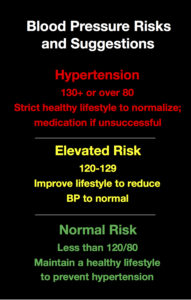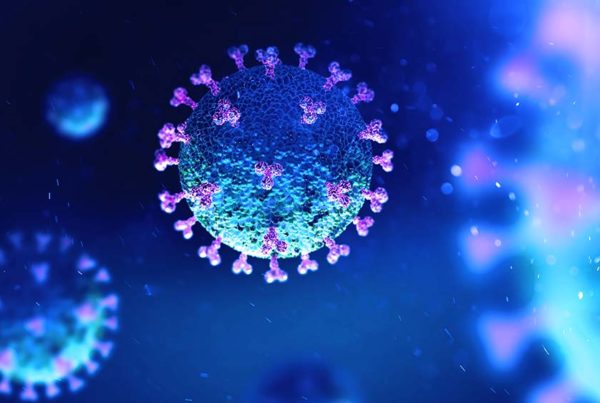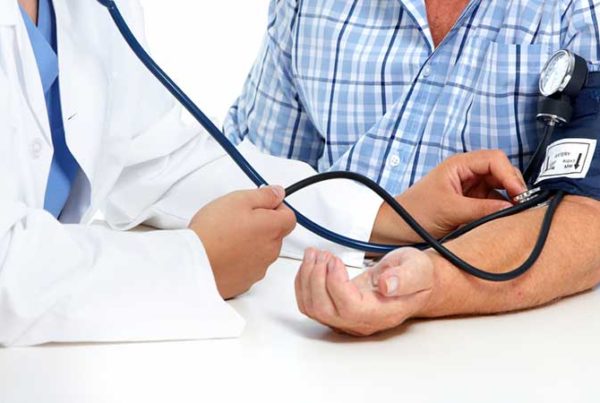
Most blood pressure evaluations are performed inaccurately due to human or mechanical error. Is there a better way?
Hypertension is the biggest risk factor for cardiovascular disease burden worldwide, significantly increasing the risk of heart disease, stroke and kidney disease. It’s also preventable.
Even when classified only as elevated (systolic 120-129 or diastolic over 80), formerly called pre-hypertension, it’s still an increased risk, a red flag that lifestyle factors should be used to correct the problem.
This article updates two other key articles about high blood pressure that are linked below.
Unfortunately, even the quality of routine BP readings in clinical practice “remains poor” despite educational efforts to ensure healthcare professionals obtain accurate readings. That’s the conclusion of experts at the U.S. National Institutes of Health.
For those using home blood pressure devices, readings can be much more inaccurate.
Even when accurately measured, blood pressure varies throughout the day. It’s generally lowest first thing in the morning, then steadily rises throughout the day based on movement, meals and moods.
Harvard University’s website offers these steps for the most accurate blood pressure readings at home:
- Avoid caffeinated or alcoholic beverages, and tobacco, for 30 minutes before checking.
- Sit quietly for five minutes with your back supported and feet flat on the floor.
- When making the measurement, support your arm so your elbow is at the level of your heart.
- Push your sleeves out of the way and wrap the blood pressure cuff over bare skin.
- Measure your blood pressure according to the machine’s instructions. Leave the deflated cuff in place, wait a minute, then take a second reading. If the readings are close, average them. If not, repeat again and average the three readings.
- Don’t be too concerned if a reading is high. Relax for a few minutes and try again.
- Keep a record of your blood pressure readings and the time of day they are made.
A better way
Rather than trying to obtain blood pressure reading to the nearest millimeter, impractical at best for everyday situations, let’s consider three simple risk categories. These correspond to three colors of blood pressure risk with ranges and standard recommendations for each:
These measurements must be obtained accurately by a healthcare professional, and from at least two readings on at least two different occasions. If you’re using a home blood pressure device, highly recommended especially if you’re in the yellow or red risk category, have it compared for accuracy against one used by your health practitioner.
A yellow risk is a red flag too, needing your immediate attention. A red risk is urgent.
Keeping track of your blood pressure numbers and taking steps to reduce them when necessary can be powerful tools for self-health management.
Related links









